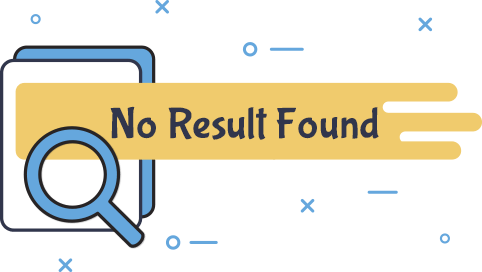
Achieve Your Samples With Professional AI-Free Academic Support
Skilled Professionals to Handle All Your Subjects and Challenges
Free Assignment Samples To Drive Students Towards Success
We are a reputable online writing assistance provider with significant expertise in academic writing. We know that tailor-made papers boost students' academic performance. So even though we oppose plagiarism and cheating, we think students would improve as writers if they used writing services correctly. If you do not believe us, you can check out our example of an assignment. It is because you will learn how to structure and organize a document appropriately.
University students will succeed with their assignments, term papers, and any other coursework by knowing how to research, format, proofread and cite their tasks and sources correctly. They can learn this from free assignment samples.
We provide guidance, assignment assistance, and access to our writers' extraordinary research abilities. In addition, you have a fantastic opportunity to view free samples of assignments on our website. The assignment example for University you receive from us can be used in various ways, including as a source of ideas, details, or prose.
You can also choose the topic and use the free sample of assignments body as a reliable model to check against. Additionally, you might employ the example document's structure, academic style, and technical terminology.
You need to ensure that you use the assignment sample for information only. They're never to be used in place of your written work. The benefit of using examples of assignment is that you can not only see how a particular style of writing should flow, but you also get to see the errors that you have made previously. University assignment example can help you significantly shorten your learning curve and avoid repeating the same mistakes.
Enhance your Writing Skills With Assignment Examples Provided By Our Experts | Know How?
Global Assignment Help offers assignment samples of various subjects to help students improve their academic performance. Our experts offer their suggestions and advice to students after in-depth research. However, free sample of assignment play an important role in improving students' writing skills here's how:
-
They are Written by Experts:A professional's approach to academic writing and a student's approach differs significantly from another. A professional’s sample assignments have extensive knowledge of the subject. They know how to approach an assignment while avoiding any complications.
A skilled writer’s example assignments adhere to every detail and prevent improper formatting. They can set any format quickly because they are familiar with it inside and out. Students frequently mix up different forms because there are so many of them. But they can avoid this if they refer to assignment examples from our website. A professional writer is an exception to this rule. - Knowledge of Theoretical and Practical Aspects: Students should always read the best college assignment samples, why? This is because frequently they do not comprehend the purpose of writing a submission. One can only write a document worthy of an A grade if they have a thorough knowledge of the subject and know how to differentiate between theoretical and practical components in their writing. This knowledge can be achieved just by reading some easy university assignment examples written by experts.
It gets much simpler to comprehend how to compose articles based on theory and why when you acquire quality college assignment sample. Furthermore, because you will be expanding on notions, a theoretical paper will have a different tone and writing style. - Acts as a Helping Hand: When you start writing, a free assignment sample can become a great helping hand. It takes time to acquire writing abilities on your own quickly. So what's the most significant substitute if students can't constantly take extra classes because doing so can be time-consuming? Yes, a university sample assignment!
A lot may be learned by looking at examples of assignments. You won't need to take an additional course to expand your knowledge. All the assignment examples provided by our experts can help enhance your skills. You will learn everything in detail, whether it's about the tone of a particular form of writing or the concepts related to the current issue. By reading example of assignment you can observe how experts handle these write-ups. Moreover, you can improve your writing, which can immensely help you!
Although a list of free assignment samples are valuable resources or reference, they should only be used as the final work. In the end, discussing it with your teacher, or teaching assistant or seeking assignment help online is the best action if you genuinely want to guarantee success.
You'll have opportunities to enhance writing after understanding the techniques used in example assignment to handle a specific college task. But then, it's time to improve your college or university performance. Then, you can be a student who efficiently completes all their tasks and university assignments on time, writes every report, essay, thesis, dissertation, and coursework, and is generally educated about most themes and topics.
















